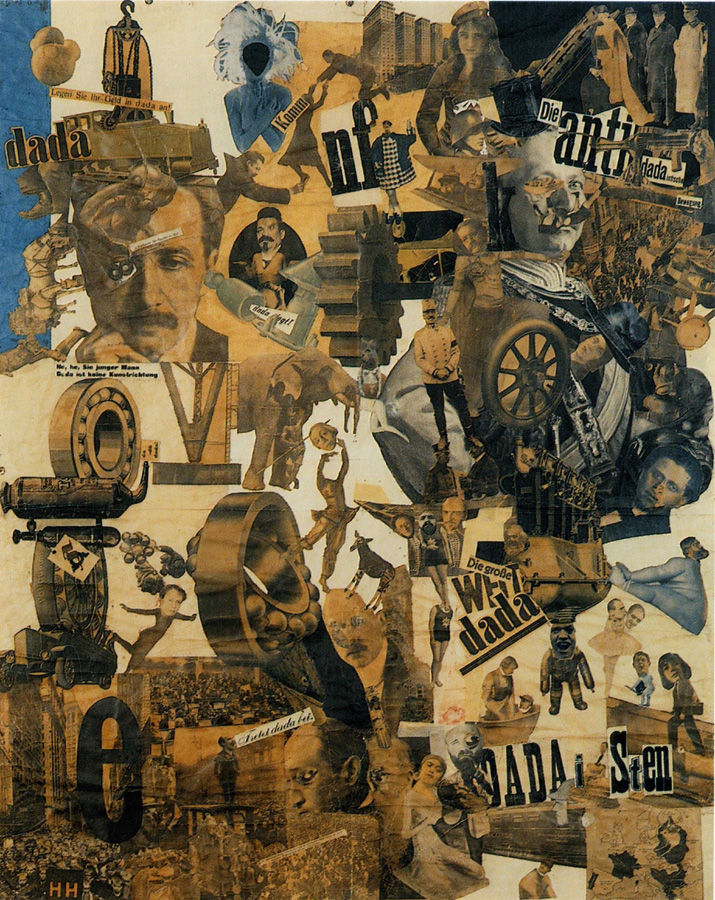Post-modernism in the arts corresponds to post-modernism in life, as sketched by the French theorist Jean-Francois Lyotard: ''One listens to reggae, watches a western, eats McDonald's food for lunch and local cuisine for dinner, wears Paris perfume in Tokyo and 'retro' clothes in Hong Kong.'' To argue about post-modernism, therefore, is to argue about more than post-modernism. Post-modernism is more than a buzzword or even an aesthetic, it is a way of seeing, a view of the human spirit and an attitude toward political as well as cultural possibilities. It has precedents, but in its reach it is the creature of our recent social and political moment. In style, more than style is at stake.
To get beyond vague talk and knowing genuflection, it is never a bad idea to start by deciding what we are talking about. We can get a rough fix on post-modernism by contrasting it to its main predecessors, realism and modernism.
In the realism that rode high in the 19th century, the work of art was supposed to express unity and continuity. Realism mirrored reality, criticized it and consoled. The individuals portrayed were clearly placed in society and history. High culture was just that - higher, more valuable, than popular culture.
In modernism, voices, perspectives and materials were multiple. The unity of the work was assembled from fragments and juxtapositions. Art set out to remake life. Audacious individual style threw off the dead hand of the past. Continuity was disrupted, the individual subject dislocated. High culture quoted from popular culture.
Post-modernism, by contrast, is indifferent to consistency and continuity altogether. It self-consciously splices genres, attitudes, styles. It relishes the blurring or juxtaposition of forms (fiction-nonfiction), stances (straight-ironic), moods (violent-comic), cultural levels (high-low). It disdains originality and fancies copies, repetition, the recombination of hand-me-down scraps. It neither embraces nor criticizes, but beholds the world blankly, with a knowingness that dissolves feeling and commitment into irony. It pulls the rug out from under itself, displaying an acute self-consciousness about the work's constructed nature. It takes pleasure in the play of surfaces and derides the search for depth as mere nostalgia for an unmoved mover. It regards ''the individual'' as a sentimental attachment, a fiction to be enclosed within quotation marks. ''The individual'' has decomposed, as ''reality'' has dissolved; nothing lives but ''discourses,'' ''texts,'' ''language games,'' ''images,'' ''simulations'' referring to other ''discourses'' ''texts,'' etc. ''Characters'' can step out of character; they can die, as in Philip Roth's novel ''The Counterlife,'' only to live again. High culture speaks the same language as popular culture, even blurs into it...
....In effect, post-modernism expresses the spiritless spirit of a global class linked via borderless mass media with mass culture, omnivorous consumption and easy travel. Their experience denies the continuity of history; they live in a perpetual present garnished by nostalgia binges. Space is not real, only time. The post-modernist style makes sense to the new consumer. In the global shopping center (as Richard Barnet and Ronald Muller have called it), local traditions have been swamped by the workings of the market; anything can be bought, and to speak of intrinsic value is mere sentimentality. Post-modernist literature cultivates place names in the same way consumers flock to the latest cuisine: in the spirit of the collector, because the uniqueness of real places is actually waning. It makes much of brand names (even ironically) because they have become the furnishings of our cultural ''home.'' How else to represent this new world than through post-modernist flatness? The post-modernist motto is: You can't beat trash culture, so join it.
-(TODD GITLIN, HIP-DEEP IN POST-MODERNISM, NEW YORK TIMES, 1988. http://www.nytimes.com/1988/11/06/books/hip-deep-in-post-modernism.html?pagewanted=all&src=pm )
I've been focussing on postmodernism within popular culture lately, and I came across this article which gives an idea of what the ideology of the postmodern is, though the tone is a bit anti postmodern.
Does this mean that postmodernism is a sort of stagnation, and an acceptance of the lack of originality?








